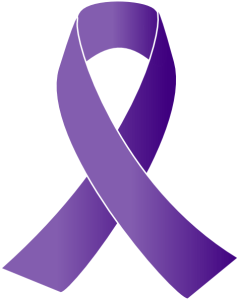
1 in 4 women (25%) and 1in 7 men (14%) have experienced domestic violence in their lifetime.
Dating couples, married couples, and same-gender couples experience domestic violence in much the same way.
What is Domestic Violence?
Domestic violence and other forms of abuse occur at all levels of society, and among all types of people. Domestic violence is a pattern of abusive behavior in any relationship that is used by one partner to gain or maintain power and control over another intimate partner. This can include:
- Physical Abuse: Hitting, slapping, shoving, grabbing, pinching, biting, hair pulling, etc are types of physical abuse. Also includes denying a partner medical care or forcing alcohol and/or drug use upon him or her.
- Sexual Abuse: Coercing or attempting to coerce any sexual contact or behavior without consent. Sexual abuse includes, but is not limited to, marital rape, attacks on sexual parts of the body, forcing sex after physical violence has occurred, or treating one in a sexually demeaning manner.
- Emotional Abuse: Undermining an individual’s sense of self-worth and/or self-esteem is abusive. This may include, but is not limited to, constant criticism, diminishing one’s abilities, name-calling, or damaging one’s relationship with her or his children.
- Economic Abuse: Making or attempting to make an individual financially dependent by maintaining total control over financial resources, withholding one’s access to money, or forbidding one’s attendance at school or employment.
- Psychological Abuse: Elements of psychological abuse include causing fear by intimidation; threatening physical harm to self, partner, children, or partner’s family or friends; destruction of pets and property; and forcing isolation from family, friends, or school and/or work.
Domestic abuse is not always easy to determine in the early stages of a relationship ; it intensifies over time. Abusers may often seem wonderful initially, but gradually become more aggressive and controlling.
What may start out as something that was first believed to be harmless (e.g., wanting the victim to spend all their time only with them because they love them so much) escalates into extreme control and abuse (e.g., threatening to kill or hurt the victim or others if they speak to family, friends, etc.).
Abusers may apologize profusely for their actions or try to convince the other person they do these things out of love or care. However, violence and control always intensify over time with and love isn’t control.
If You Are Being Abused, Remember…
- You are not to blame for being abused or mistreated.
- You are not the cause of your partner’s abusive behavior.
- You deserve to be treated with respect.
- You deserve a safe and happy life.
- Your children deserve a safe and happy life.
- You are not alone. You will be believed. There are people waiting to help.
Get to a safe place.
If you are in danger, or want to report the incident, call 911 for immediate police assistance.
Call/Text the 24-Hour Victim Services Helpline at 814-944-3585.
An advocate is available to talk with you about safety, options available to you and any other concerns you may have. Victim Services Program Advocates receive specialized training to assist victims of domestic violence at the hospital and/or police department. At the victim’s request, staff or volunteers will meet them at the hospital and/or police station.
Create a safety plan.
Whether or not you’re planning to leave your abuser, there are things you can do to increase your safety. A safety plan is a personalized, practical plan that includes ways to remain safe while in a relationship, planning to leave, or after you leave.
Read more on Staying Safe and Protecting Yourself
- Safety Planning – Guidance on how to safely leave an abusive relationship, what to do if you’ve filed a Protection Order and what to do once you’ve left the relationship.
- Internet Security – Gives detailed instructions on how to clear your computer’s Internet browser and email account.

